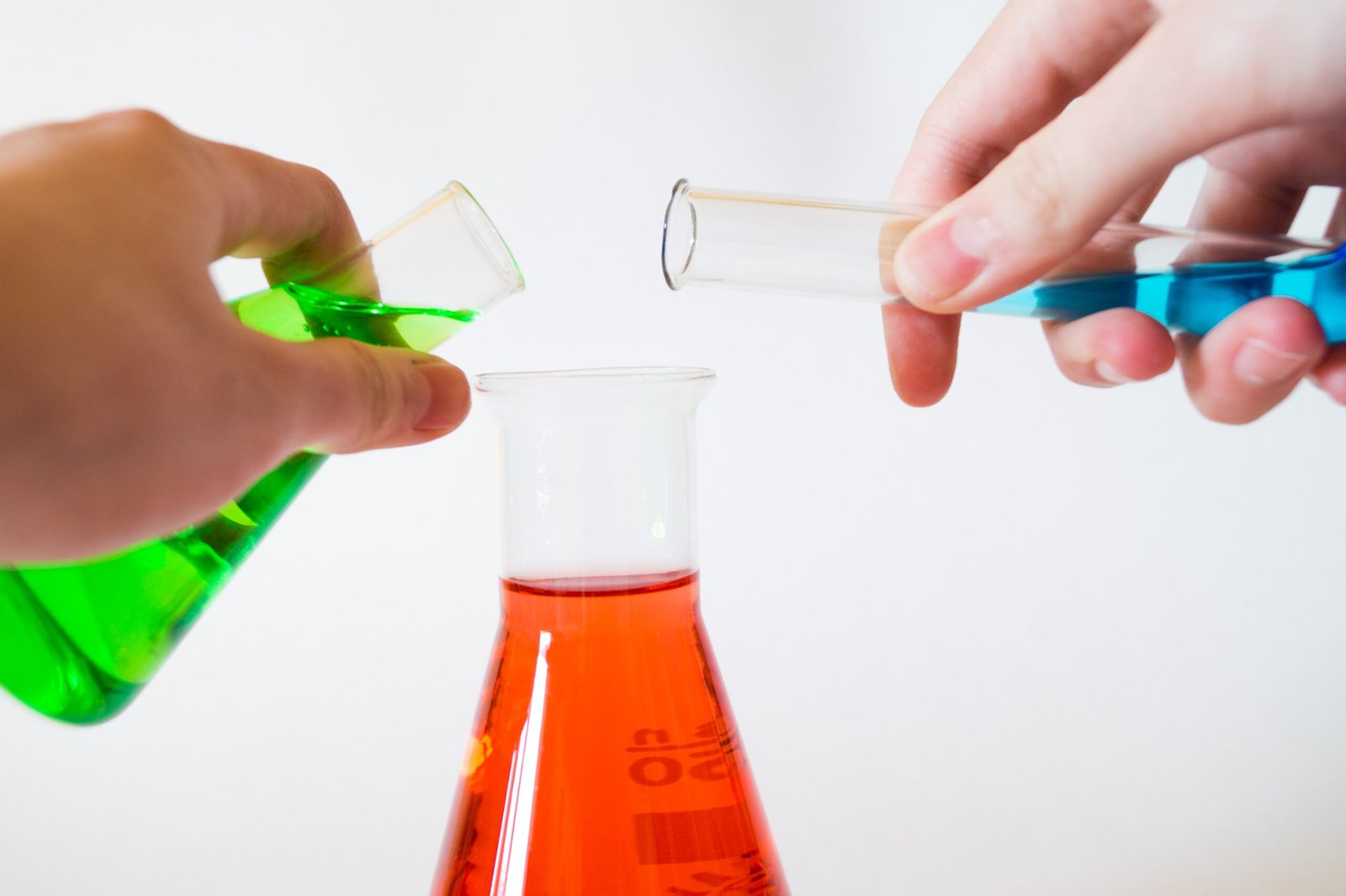Introduction
Chemical reactions play a crucial role in our everyday lives, from the food we eat to the medicines we take. Understanding how to predict the products of a chemical reaction is essential for scientists and chemists. By analyzing the reactants and their properties, we can determine the outcome of a reaction and gain valuable insights into the world of chemistry. In this article, we will explore the steps involved in predicting the products of a chemical reaction.
Step 1: Identify the Reactants
The first step in predicting the products of a chemical reaction is to identify the reactants. Reactants are the substances that undergo a chemical change and are written on the left side of a chemical equation. By knowing the reactants, we can start to analyze their properties and potential reactions.
Step 2: Determine the Type of Reaction
Once we have identified the reactants, the next step is to determine the type of reaction. There are several types of chemical reactions, including synthesis, decomposition, combustion, displacement, and double displacement. Each type of reaction follows specific patterns and rules, which can help us predict the products.
Step 3: Analyze Reactant Properties
After identifying the type of reaction, we need to analyze the properties of the reactants. This includes their chemical formulas, oxidation states, and reactivity. By understanding these properties, we can make informed predictions about the products that may be formed.
Step 4: Apply Reaction Rules
Based on the type of reaction and the properties of the reactants, we can apply reaction rules to predict the products. These rules include guidelines such as the Law of Conservation of Mass, which states that the total mass of the reactants must be equal to the total mass of the products. Other rules involve balancing charges and ensuring the correct number of atoms in the reactants and products.
Step 5: Consider Limiting Reagents
In some cases, there may be a limiting reagent, which is the reactant that is completely consumed in the reaction. The amount of the limiting reagent determines the maximum amount of product that can be formed. By considering the limiting reagent, we can accurately predict the products and their quantities.
Step 6: Check for Patterns and Exceptions
While there are general rules and patterns that can help predict the products of a chemical reaction, it is important to be aware of any exceptions or special cases. Some reactions may have unique properties or unexpected outcomes, so it is crucial to double-check the predictions and consider any possible variations.
Conclusion
Predicting the products of a chemical reaction is a fundamental skill in the field of chemistry. By following the steps outlined in this article, scientists and chemists can make informed predictions based on reactant properties, reaction types, and established rules. While there may be exceptions and variations, understanding the principles behind chemical reactions allows us to unlock the mysteries of the chemical world and make advancements in various industries.







